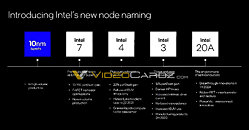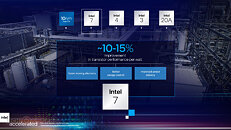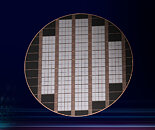
Intel Reports First-Quarter 2024 Financial Results
Intel Corporation today reported first-quarter 2024 financial results. "We are making steady progress against our priorities and delivered a solid quarter," said Pat Gelsinger, Intel CEO. "Strong innovation across our client, edge and data center portfolios drove double-digit revenue growth in Intel Products. With Intel 3 in high-volume production, leading-edge semiconductors are being manufactured in the U.S. for the first time in almost a decade and we are on track to regain process leadership next year as we grow Intel Foundry. We are confident in our plans to drive sequential growth throughout the year as we accelerate our AI solutions and maintain our relentless focus on execution, operational discipline and shareholder value creation in a dynamic market."
"Q1 revenue was in line with our expectations, and we delivered non-GAAP EPS above our guidance, driven by better-than-expected gross margins and strong expense discipline," said David Zinsner, Intel CFO. "Our new foundry operating model, which provides greater transparency and accountability, is already driving better decision-making across the business. Looking ahead, we expect to deliver year-over-year revenue and non-GAAP EPS growth in fiscal year 2024, including roughly 200 basis points of full-year gross margin improvement." In the first quarter, the company used $1.2 billion in cash from operations and paid dividends of $0.5 billion.
"Q1 revenue was in line with our expectations, and we delivered non-GAAP EPS above our guidance, driven by better-than-expected gross margins and strong expense discipline," said David Zinsner, Intel CFO. "Our new foundry operating model, which provides greater transparency and accountability, is already driving better decision-making across the business. Looking ahead, we expect to deliver year-over-year revenue and non-GAAP EPS growth in fiscal year 2024, including roughly 200 basis points of full-year gross margin improvement." In the first quarter, the company used $1.2 billion in cash from operations and paid dividends of $0.5 billion.
















































